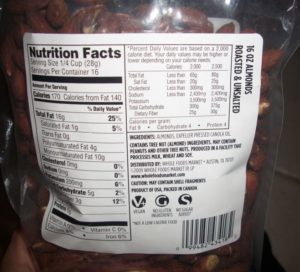Think outside the candy dish…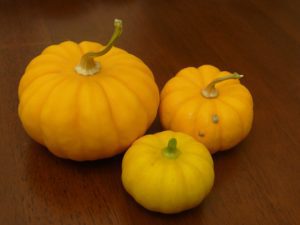
Halloween is one of my favorite holidays. We grow pumpkins every year, and this year, the little guys did fantastically. Aren’t they cute?
As much as I love Halloween, I’m also a fan of balance, so more than a dozen years ago, I made the choice to stop giving out Halloween candy. A big part of it was that I really didn’t need or want to be staring at a bowl of candy the month prior and the month after Halloween. I know myself well enough to know if I see it, I’m much more likely to eat it. Instead, we gave away rubber duckies, mini-slinkies, yo-yos, and other small fun toys. My husband was initially not happy with my decision, and I was a little nervous, until my first trick-or-treater ran back to his dad and said, “Cool! A slinky!” One year, a group of girls even told my husband that she looked forward to the “rubber ducky house” every year. Somehow, I resisted the opportunity to say I told you so.
There are plenty of good options for stickers, toys, rubber duckies, mini games or even temporary tattoos for children you know well. Amazon has a ton of fun toy assortments (glow in the dark fangs, anyone?) Oriental Trading Company has a wide selection. Another easily available non-food option is mini cans of Play-Doh, (g-free peeps, remember that Play Doh has gluten, so if you play, wash your hands very, very, very thoroughly!) Some are more expensive than candy, but it depends on how you 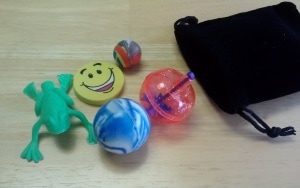 look at it. When you average in the bag of candy you bought on sale in September (and ate), the one in mid-October (trust me, that one will disappear as well) and the one you have to run out at the last minute and buy, it evens out in the end.
look at it. When you average in the bag of candy you bought on sale in September (and ate), the one in mid-October (trust me, that one will disappear as well) and the one you have to run out at the last minute and buy, it evens out in the end.
One of my clients, Stephanie, got really creative and put together goodie bags of her own (above). She found the DIY approach was cheaper than ones she could buy. I predict they’ll be a hit!
Extra bonus–if you decide to go the non-food-treat option, Food Allergy Resource & Education (FARE) now has an interactive map so that children with food restrictions can find safe houses to visit and you can add your house to the map. The “Teal Pumpkin Project”, a new initiative for people with non-food treats to paint a pumpkin teal and put it on the doorstep, so children and parents know that safe options are available..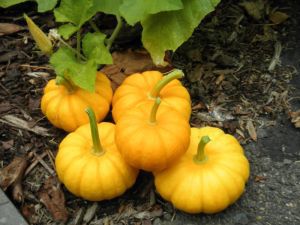
This isn’t a rant against candy, because of course I have great memories eating excessive quantities of candy on Halloween as a little kid. I fully trust there will still be more than enough candy to go around, even without my help. However, I’m a fan of treats when I really want them and will enjoy them, not eating treats because they’re sitting right in front of me and then *poof* where’d they go? You can also opt for healthier treats, like mini Larabars and mini Kind Bars, all fruit leathers, mini-packs of pistachio nuts, etc.
Also, if you do have children who are going trick-or-treating, it also may be worthwhile to have a plan for the excess candy. One method can be allowing children to sort their pile and choose a certain amount of candy they really want, and then bring the rest to a local foodbank, like the Capital Area Food Bank, or Food For Others. to a group collecting candy to send to the troops, etc.
Fall recipes:
One of the things I love most about autumn is the beauty of the leaves. We’re not there yet, so the best is yet to come! The food is a close second! Here are some of my favorites:
- Butternut Squash Bisque: The tastiest way to get vitamin A! A wonderful soup for the fall or winter. Allergen friendly with a dairy free option.
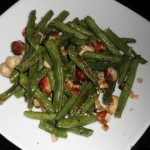
- Hot Mulled Apple Drink: a favorite at our annual pumpkin carving party. It’s the perfect drink for a crisp autumn day.
- Pumpkin Seeds: several variations on this classic snack.
- Roasted Green Beans: So easy to get green beans this time of year. Yum yum yum!
Cheryl Harris, MPH, RD is a Registered Dietitian Nutritionist and Certified Wellcoach in Fairfax & Alexandria, VA. She helps people with a range of dietary issues , including Celiac Disease, GI issues, food allergies, pregnancy, breastfeeding, vegetarian and vegan diets, preventing diseases and “whole foods” eating. Let’s get you on your way to achieving your goals and feeling great! Email or call 571-271-8742.
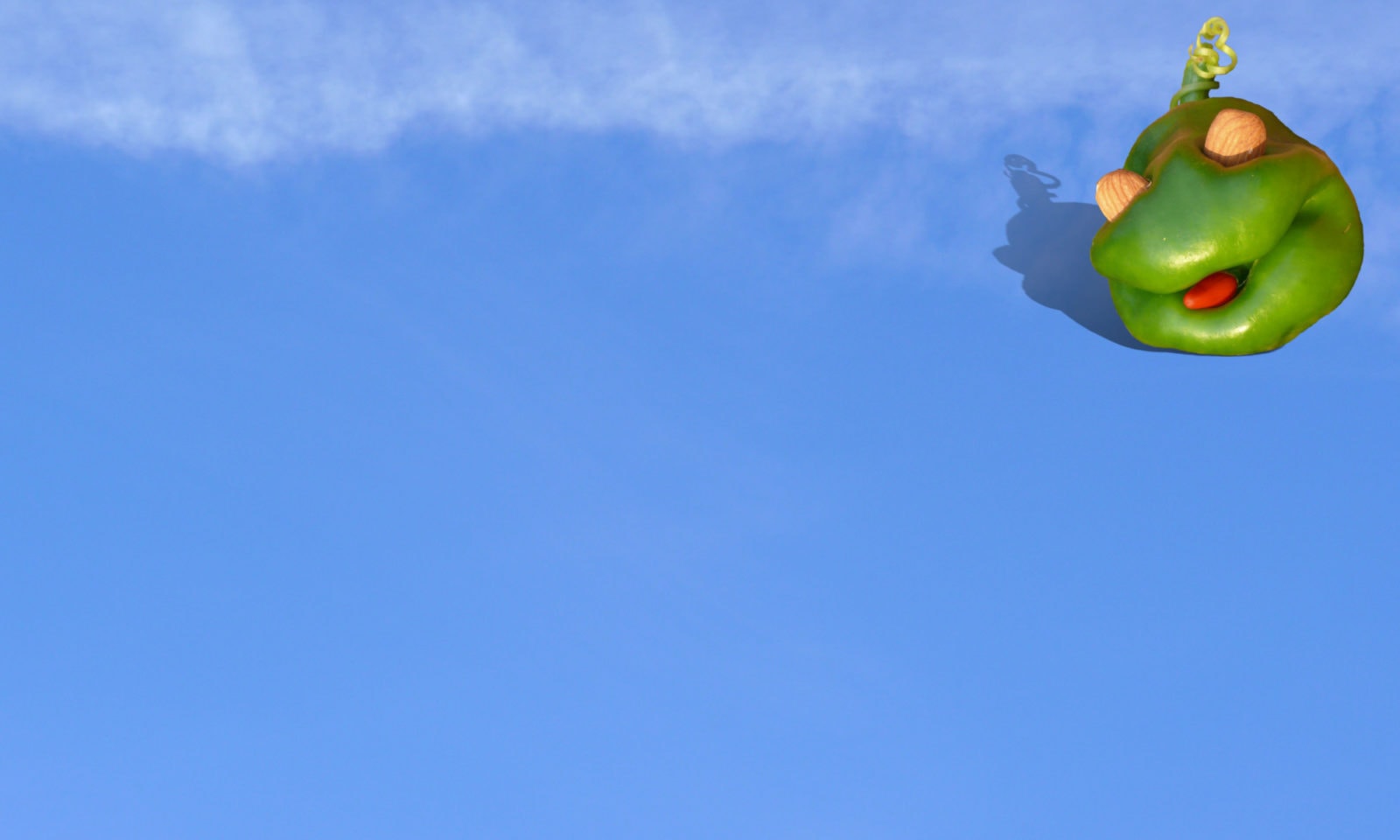
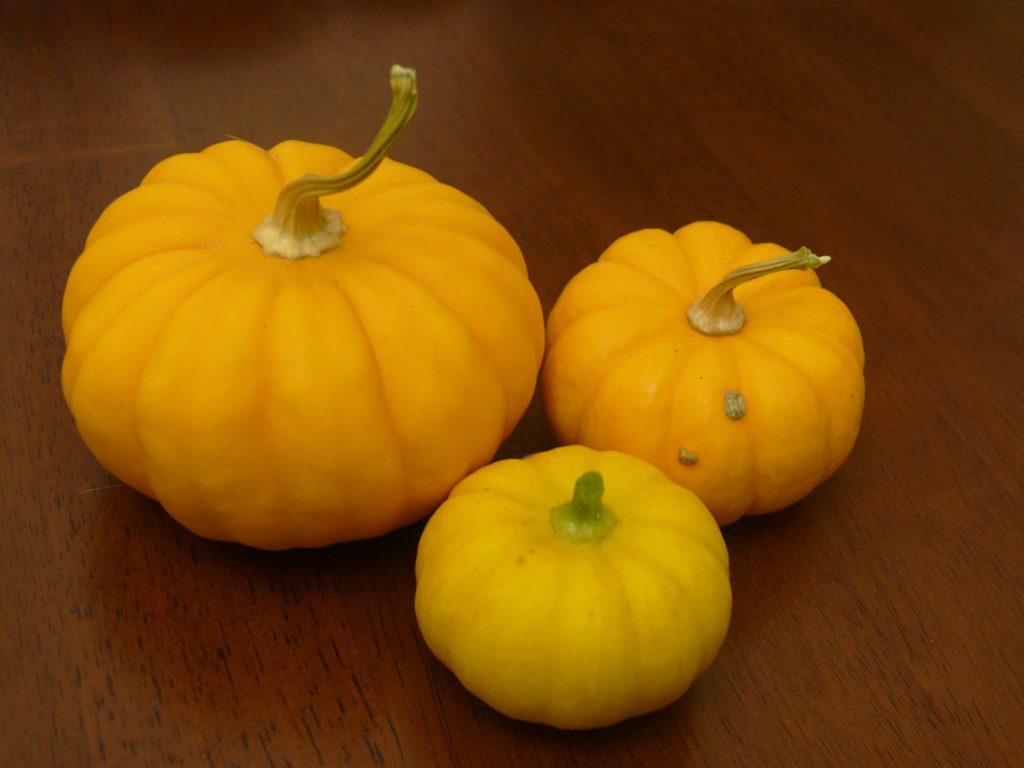 It’s hard to believe that Halloween is right around the corner when most of the leaves are green, but here we are. Because it’s been such mild weather thus far, our pumpkins are still alive and growing well!
It’s hard to believe that Halloween is right around the corner when most of the leaves are green, but here we are. Because it’s been such mild weather thus far, our pumpkins are still alive and growing well!